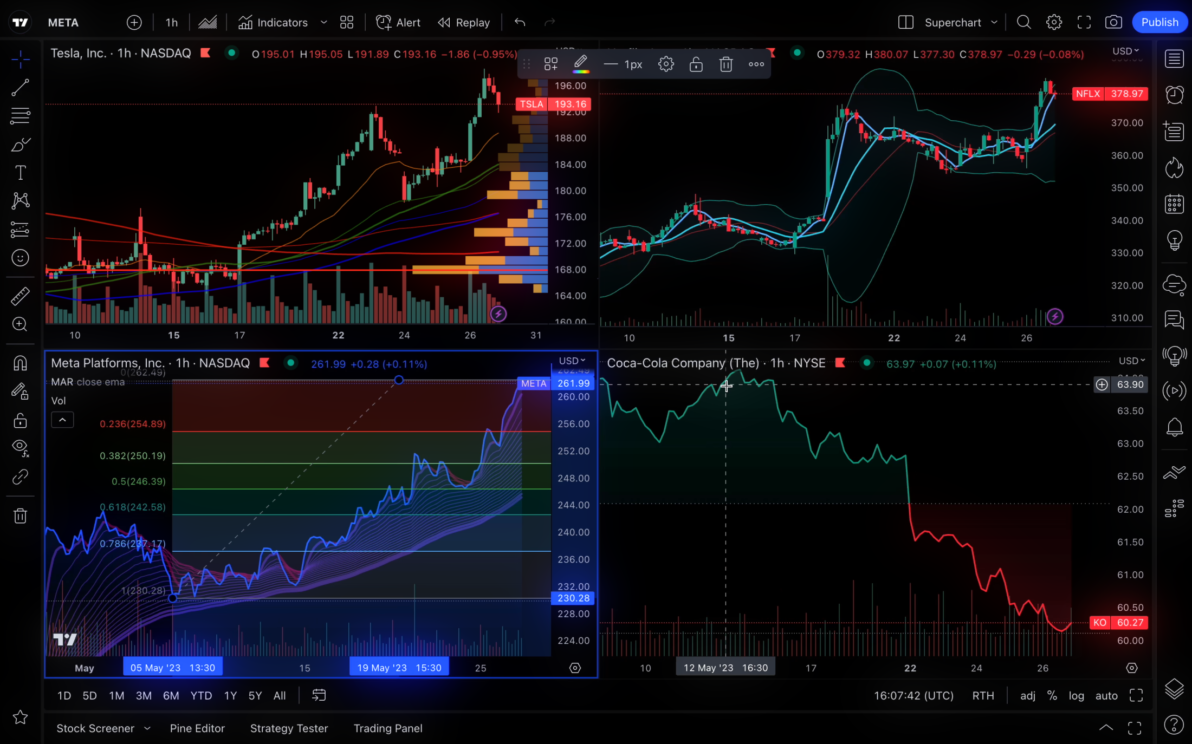SWP: Investment That Pays You Periodically

Systematic Withdrawal Plans (SWP): Your Cash Plan
Reading Time: ~7 minutes
A Systematic Withdrawal Plan (SWP) offers a structured way to access periodic income from mutual fund holdings. It is often used by individuals who seek predictable cash flow while keeping part of their investment actively growing. Whether for covering daily expenses, supplementing income, or funding specific needs, an SWP allows withdrawals at regular intervals, such as monthly or quarterly, without fully liquidating assets.
However, BrokerSuperMarket does not provide personalised financial advice, nor does it guarantee positive financial outcomes. Market volatility, tax implications, and personal financial circumstances all influence an SWP’s effectiveness.
Moreover, each withdrawal reduces the total fund units, potentially impacting long-term growth. Yet, for those seeking a scheduled and stable inflow of cash, SWPs provide an alternative to lump-sum withdrawals. The following sections explore how SWPs work, key investment considerations, and strategies to adapt withdrawals in response to market shifts or changing financial needs. A case study further illustrates how investors may optimise their SWP approach over time.
Understanding SWPs
What is an SWP?
A Systematic Withdrawal Plan (SWP) allows investors to withdraw a set amount from a mutual fund at scheduled intervals—be it monthly, quarterly, or annually—instead of redeeming the full investment at once. This method preserves capital exposure while delivering consistent cash flow.
How SWPs Work
Once an investor selects a suitable mutual fund, they define:
- Withdrawal frequency (e.g., monthly, quarterly)
- Amount per withdrawal
- Duration of the plan
On each scheduled withdrawal date, the fund automatically sells enough units to generate the required cash, which is then transferred to the investor’s account.
While SWPs offer structured disbursements, they do not eliminate market risk. If the fund underperforms or experiences a prolonged downturn, withdrawals may deplete investment principal faster than expected. BrokerSuperMarket does not guarantee successful outcomes, making thorough research essential before implementing an SWP.
Why Consider an SWP?
1. Predictable Income
SWPs can mimic salary-like cash flow, helping individuals cover living costs or retirement expenses with consistent payouts, easing budgeting and financial planning.
2. Controlled Withdrawals
Instead of withdrawing a lump sum, an SWP enables investors to manage cash needs while keeping funds in the market, benefiting from potential growth over time.
3. Tax Efficiency
Depending on tax laws, withdrawals may be taxed only on gains, potentially offering a more favourable structure than lump-sum redemptions. Understanding local tax implications is crucial.
4. Flexibility
SWPs allow investors to adjust withdrawal amounts and intervals to adapt to changing financial needs or market conditions. However, frequent changes should be approached carefully to maintain the long-term plan.
5. Currency and Market Flexibility
For multi-currency mutual fund holders, an SWP may allow withdrawals from regions with better purchasing power.
- Example: A Colombian investor holding USD-based assets might withdraw in the US while travelling, leveraging a stronger currency.
- Conversely, if local currency conditions offer better value, withdrawals can be shifted back to Colombia.
This dynamic withdrawal approach may help maximise purchasing power depending on exchange rate trends.
Practical Guide to Implementing an SWP
1. Selecting a Suitable Mutual Fund
Choosing the right fund depends on:
-
Risk tolerance
-
Investment horizon
-
Stability requirements
-
Growth-focused investors may opt for a diversified equity fund.
-
Conservative investors might prefer income-focused or balanced funds.
-
Analysing fund performance, management style, and volatility is essential.
2. Defining Withdrawal Parameters
Key SWP setup factors include:
- Amount per withdrawal (fixed or percentage-based)
- Withdrawal frequency (monthly, quarterly, etc.)
- Start date
For instance, retirees may schedule monthly withdrawals for living expenses, while others might withdraw quarterly to cover periodic costs.
3. Impact on Investment
Each withdrawal reduces fund units, impacting exposure to market gains.
- In bullish markets, growth may offset withdrawals.
- In downturns, frequent withdrawals can erode principal faster.
Understanding this balance supports realistic expectations.
4. Tax Implications
Tax treatment varies by region and fund structure. Investors should:
- Differentiate between principal and capital gains taxation
- Assess tax-efficient withdrawal strategies
5. Monitoring and Adjustments
Periodic SWP reviews help maintain alignment with market trends and personal needs. If:
- Markets decline, adjusting withdrawals can preserve capital.
- Financial needs change, tweaking intervals or amounts helps extend SWP duration.
While BrokerSuperMarket offers tools to compare SWP-friendly platforms, active oversight remains essential.
Case Study: A Hypothetical SWP Journey
Background
An investor holds £170,000 in a balanced global mutual fund, with exposure to USD and other foreign-currency assets. They initiate an SWP withdrawing £1,000 per month for living expenses.
Performance
- Years 1–2: Market growth and dividends help stabilise principal, allowing steady withdrawals.
- Year 3: A downturn occurs. To protect capital, the investor reduces monthly withdrawals to £800.
- Multi-currency Approach: Since some assets are USD-based, the investor withdraws USD during travel to enhance purchasing power.
Learning
- Adjusting withdrawal rates during slow markets can preserve capital.
- A globally diversified fund enables currency-flexible withdrawals depending on exchange rates.
This case study highlights the importance of monitoring, adjusting withdrawals, and optimising global exposure when using an SWP.
Conclusion
Systematic Withdrawal Plans (SWPs) provide structured cash flow while keeping investments partially active. They offer predictability, flexibility, and tax advantages, but success depends on thoughtful planning and continuous review.
BrokerSuperMarket does not guarantee investment success nor provide direct financial advice. Investors must conduct thorough research to assess their SWP’s feasibility and long-term sustainability. Managed prudently, an SWP can act as a reliable “cash machine” for investment-generated income.
Disclaimer: This article is for educational purposes only and does not constitute financial advice. No investment strategy guarantees returns, and past performance is not indicative of future results. BrokerSuperMarket does not offer personalised investment advice or promise financial outcomes.
February 14, 2025 05:07:00am
TradingView is a highly popular financial charting platform that caters to trade...
September 07, 2024 18:19:52pm
The energy industry remains crucial to the global economy, with traditional sect...








 en
en es
es